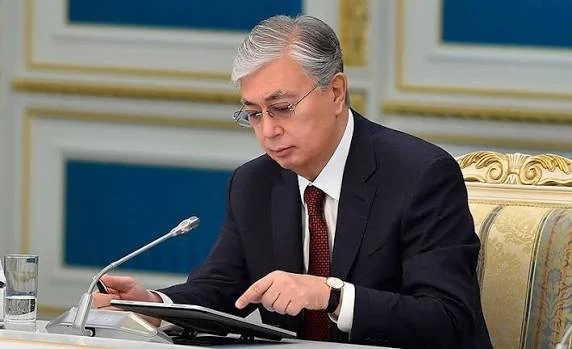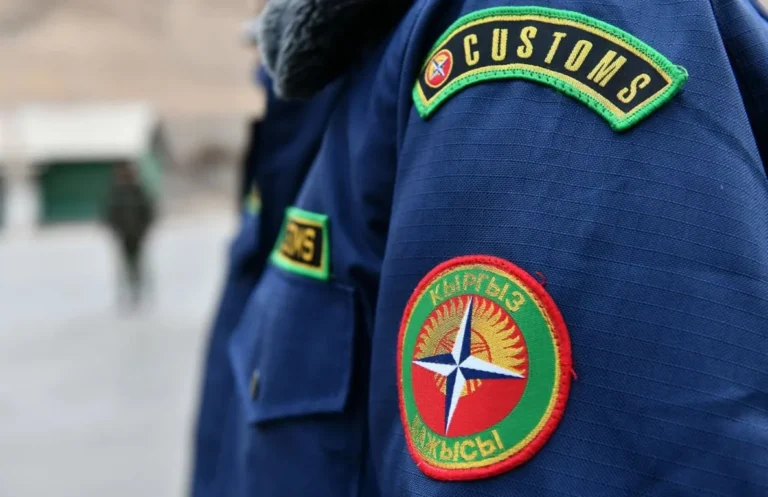Armenia’s geopolitical loneliness

Analysis by Kuat Dombai, director of the Central Asia Centre C5+
Last month Azerbaijan successfully completed its military operation aimed at restoring the country’s territorial integrity by establishing control over the Karabakh region.
The one-day war has brought to an end 30 years of Armenian-backed Karabakh separatism and might lead to a peace agreement between Azerbaijan and Armenia. It could also trigger the resolution of the other frozen conflicts that have been created by Russia in the post-Soviet space since the 1990s.
According to the Azeri media, during the ongoing talks between the two sides they settled 70 percent of the issues. Apparently, the remaining 30 percent concern the Zangezur corridor connecting Azerbaijan to its Autonomous Nakhichevan Region.

The issue was discussed as part of the talks held following the 44-day war between the two countries in 2020. However, it looks like Armenia is not willing to compromise on the issue, judging by Prime Minister Nikol Pashinyan’s remarks that the conflict is between the Karabakh separatists and Baku.
However, the restoration of the transport corridor to Nakhichevan is a key condition set by Azerbaijan for a full normalisation of relations between the two countries. If it remains unresolved, it might inevitably lead to another military escalation, as was repeatedly said by Azeri President Ilham Aliyev.
The Zangezur railway and road route operated in Soviet times. It was dismantled by Armenia in the 1990s after the first Karabakh war in order to sever Azerbaijan’s access to the ethnic enclave. Azerbaijan wants to fully restore the corridor as it could serve as its shortest route to Turkey and, in fact, could bring serious economic benefits to Armenia itself.
Iran has expressed its opposition to the idea of restoring the corridor, warning that it will intervene if Azerbaijan tries to resolve the issue through military force. However, Iran’s rhetoric has softened following Turkey’s expression of support for Azerbaijan’s position, and an unexpected statement by Pakistan that Iran’s involvement in the issue would be unacceptable.
Regarding the likelihood of Azerbaijan opting for a military solution, it should be noted that the Zangezur corridor goes through internationally recognized Armenian territory, and any incursion should automatically trigger a response from the Collective Security Treaty Organisation, i.e. by the Russian troops stationed in Armenia. Another issue is that the 5,000-strong Russian contingent there is no match for Azerbaijan’s 60,000 troops deployed in the conflict area.
In addition, Azerbaijan has Turkey on its side. It should also be noted that the West is most likely interested in pushing Russia out of the southern Caucasus.
In fact, Armenia is facing a geopolitical impasse and a strategic dead end.
The solution of the Karabakh issue might have a domino effect regarding resolution of similar frozen post-Soviet conflicts, in particular in Georgia and Moldova.
However, both Georgia and Moldova have a very limited military capacity, compared to Azerbaijan, which in the past ten years has been spending almost 3bn dollars on defence a year (almost three times more than Kazakhstan), or almost 5 percent of its GDP.
Whereas Moldova might get some Western military aid to help it resolve the last hotbed of separatism in Europe, Georgia’s current government does not appear to be ready to confront Russia in a bid to restore its territorial integrity.





Все комментарии проходят предварительную модерацию редакцией и появляются не сразу.